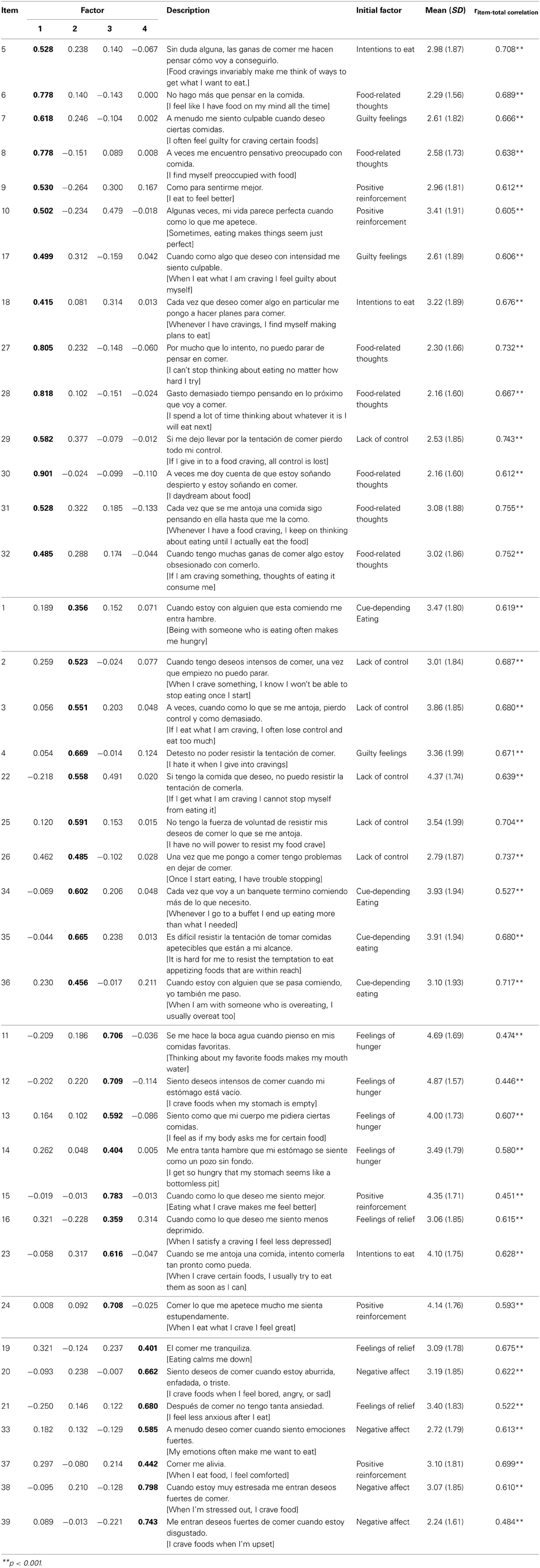
Subjects were participants in the Fleurbaix-Laventie Ville Santé II (FLVS II) study. Analyses were performed separately in adults and in teenagers and young adults. Associations are described in terms of energy and macronutrient intakes and also in terms of food items. We conducted the current study to determine whether these factors are associated with different eating patterns in a general population by studying the relationship among the 3 TFEQ-R18 scales and reported food intake, as measured by a food frequency questionnaire. That psychometric analysis identified 3 factors similar to those used in the TFEQ-R18. ( 12) performed a psychometric analysis of the TFEQ and they compared their results to those obtained using the DEBQ structure. in a student sample ( 12), indicating that the instrument is valid also in nonobese individuals. The TFEQ-R18 scales were derived in obese subjects however, identical factors were obtained by Hyland et al. Consisting of 18 items, the TFEQ-R18 is easier to use in epidemiological studies where subjects complete many questionnaires. ( 11) developed a reduced version of the Stunkard and Messick TFEQ, the Three-Factor Eating Questionnaire Revised 18-item version (TFEQ-R18), which comprises 3 different scales corresponding to cognitive restraint, emotional eating, and uncontrolled eating. However, these questionnaires include many items (10 to 51 items) that limit their use in epidemiological studies of multifactorial disease, where a number of other questionnaires are required. In healthy populations, components of eating behavior assessed by these questionnaires are related to energy and macronutrients intake or to specific food intake (sweet and fattening foods) ( 7– 10). Several questionnaires, the Restraint Scale (RS) 3 ( 4), the Dutch Eating Behavior Questionnaire (DEBQ) ( 5), and the Three-Factor Eating Questionnaire (TFEQ) ( 6), have been used in the study of eating behavior. Other types of eating behaviors have been identified, such as the loss of control over intake and the tendency to overeat in the presence of emotional distress ( 3), but little is known about their prevalence in the general population. Dietary restraint, which seems to be widespread in modern societies, is indeed suggested to play a causal role in the development of eating disorders and obesity ( 1, 2). To understand interactions between eating and health and to develop nutritional prevention programs in the context of the global obesity epidemic, better knowledge of the different eating behaviors and their prevalence in the general population would be helpful. Converse to observations in adults, teenagers and young adults who exhibited a high cognitive restraint reported consumption of fewer energy-dense foods rather than more “healthy foods.” The TFEQ-R18 was therefore able to distinguish among different eating patterns in our sample of a French general population.Įating behavior, food intake, adult, teenager, epidemiology In teenagers and young adults, most associations were seen with CR. Finally, emotional eaters had a higher snacking food intake. Energy-dense foods, such as fat, were positively associated with UE. When specific food groups were analyzed, higher CR was positively associated in adults with healthy food groups like green vegetables and negatively associated with French fries and sugar. 11,029 kJ in the lower and higher UE tertiles, respectively, P < 0.05). In adult men, energy intake increased with UE (9663 kJ vs.



Girls who scored higher on restrained eating had a lower energy intake than the other girls (9164 kJ vs. Reported food intake was calculated from a food frequency questionnaire. The TFEQ-R18 measures 3 aspects of eating behavior: cognitive restraint (CR), uncontrolled eating (UE), and emotional eating. This was a cross-sectional study of 529 middle-aged adults and 358 teenagers and young adults recruited on a geographical basis. We aimed to define the relationship between eating behavior and reported food intake. A revised version of the Three-Factor Eating Questionnaire (TFEQ) was developed in an obese population, but its applicability to the general population was not assessed.


 0 kommentar(er)
0 kommentar(er)
